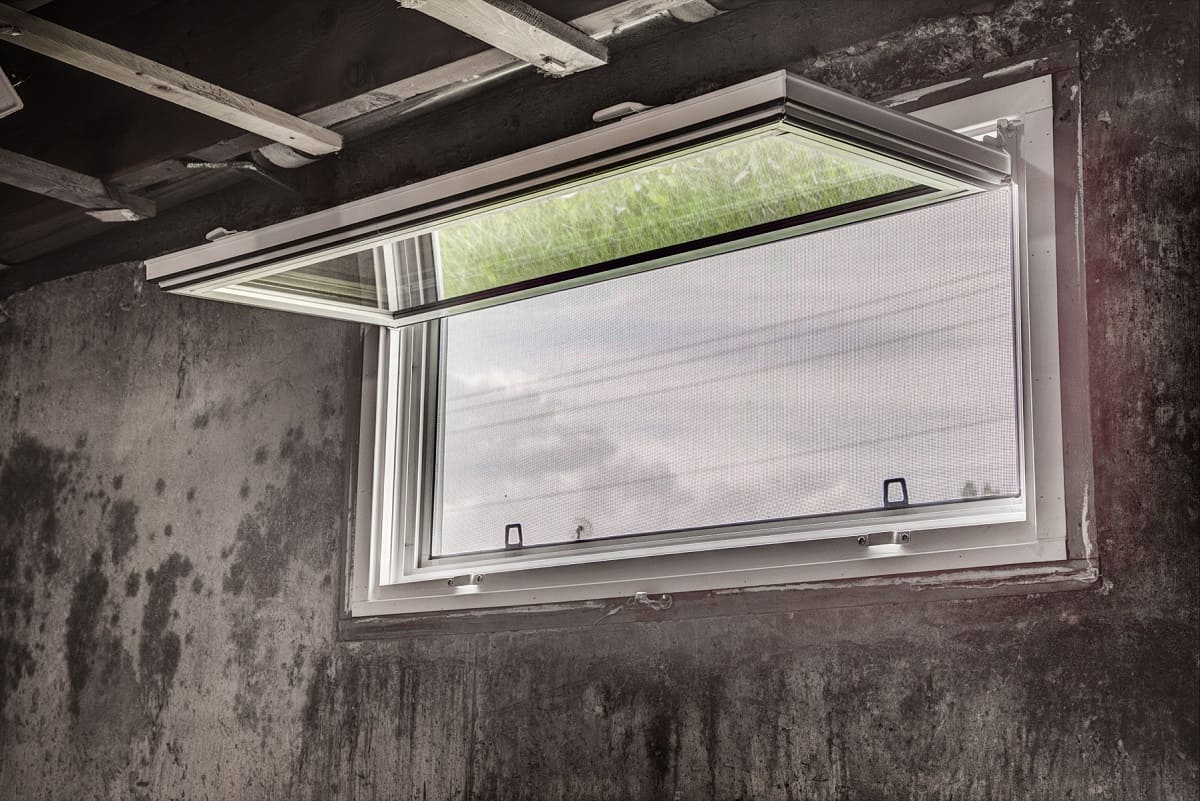

Articles
How To Make A Basement Window Bigger
Modified: January 19, 2024
Learn how to make a basement window bigger with our comprehensive articles. Discover expert tips and step-by-step guides for a successful window enlargement.
(Many of the links in this article redirect to a specific reviewed product. Your purchase of these products through affiliate links helps to generate commission for Storables.com, at no extra cost. Learn more)
Introduction
Basement windows not only provide natural light and ventilation, but they also play a crucial role in improving the overall aesthetics and functionality of a basement space. However, in some cases, the existing basement window may be too small or outdated, lacking sufficient light or obstructing the view. In these situations, enlarging the basement window becomes a viable solution.
Expanding a basement window not only allows for more natural light to enter the space but can also create an illusion of openness and increase the appeal of the basement. Whether you want to create a more inviting living area, a functional home office, or a recreational space, a larger window can transform your basement into a bright and welcoming environment.
In this article, we will guide you through the process of making a basement window bigger. We will provide step-by-step instructions, highlight the tools and materials you’ll need, and share expert tips to ensure a successful outcome. So, let’s dive in and embark on this exciting home improvement project.
Key Takeaways:
- Enlarging a basement window can transform the space, providing more natural light and enhancing the overall aesthetics. Proper planning, precise execution, and attention to detail are crucial for a successful outcome.
- Assessing feasibility, gathering the right tools, and meticulous preparation are essential steps in making a basement window bigger. Attention to safety, regulations, and finishing touches ensures a bright, inviting, and functional living space.
Read more: How To Make Windows And Rooms Look Bigger
Assessing the Feasibility of Enlarging a Basement Window
Before you start enlarging a basement window, it’s crucial to assess the feasibility of the project. Here are a few factors to consider:
- Structural considerations: Determine if the existing wall can accommodate a larger window. Consult with a professional if you’re unsure about the load-bearing capacity.
- Permits and regulations: Check local building codes and requirements. Some jurisdictions may have specific regulations regarding basement window enlargement.
- Utility obstructions: Locate and identify any utility lines, such as electrical, plumbing, or HVAC, that may hinder the window expansion.
- Exterior limitations: Consider any external features, such as landscaping, decks, or walkways, that could obstruct the enlargement process.
Assessing these factors will help you determine the feasibility of enlarging your basement window and guide you in making informed decisions throughout the project. If you encounter any challenges, it’s always a good idea to consult with a professional contractor or architect for guidance.
Gathering the Necessary Tools and Materials
Before embarking on the project to enlarge your basement window, it’s essential to gather all the necessary tools and materials. Here’s a list of what you’ll typically need:
- Safety equipment: Safety goggles, gloves, and a dust mask to protect yourself during the demolition and construction process.
- Measuring tools: A tape measure, level, and pencil for measuring and marking the new window dimensions.
- Demolition tools: A pry bar, hammer, reciprocating saw, and utility knife to remove the existing window, trim, and any surrounding materials.
- Construction tools: A circular saw, screwdriver or drill, caulking gun, and a pry bar for the installation and finishing stages.
- Window and framing materials: A larger window frame that fits your desired dimensions, including the window sash, jamb extensions, and any necessary hardware.
- Insulation and sealant: Insulation foam, weatherstripping, and caulking to ensure a proper seal around the new window.
- Finishing materials: Trim, paint, and other materials to complete the aesthetic look of the window.
Ensure that you have all the necessary tools and materials before starting the project. This will save you time and ensure a smoother workflow throughout the window enlargement process.
Preparing the Work Area
Preparing the work area is a crucial step before beginning to enlarge your basement window. Proper preparation ensures a safe and efficient work environment. Follow these steps to prepare the area:
- Clear the space: Remove any furniture, storage items, or decorations from the vicinity of the window to create ample working space.
- Protect the area: Cover the floor with drop cloths or plastic sheets to prevent damage from debris, dust, or potential spills.
- Turn off utilities: If there are any utility lines, such as electricity or plumbing, near the window, shut them off before starting the project to prevent accidents or damage.
- Open windows and use fans: It’s important to ensure proper ventilation during the demolition and construction phases. Open nearby windows and use fans to keep the air circulating and minimize dust accumulation.
- Set up a workbench and tools: Arrange a designated workbench or area where you can keep your tools organized and easily accessible.
- Secure protective barriers: If necessary, use plastic sheets or temporary walls to separate the work area from the rest of the basement to contain dust and debris.
Taking the time to prepare the work area will make the process smoother and minimize any potential damage or inconvenience. By following these steps, you’ll create a safe and organized space to work on enlarging your basement window.
Removing the Existing Window
Once the work area is prepared, it’s time to remove the existing window. Here’s a step-by-step guide on how to do it:
- Protective gear: Put on safety goggles, gloves, and a dust mask to protect yourself during the removal process.
- Remove the window trim: Use a pry bar or screwdriver to carefully remove the window trim by gently prying it away from the wall.
- Detach the window sash: Depending on the type of window, remove the screws or pins holding the window sash in place. Carefully lift and remove the window sash from the frame.
- Remove the window frame: Use a reciprocating saw to cut through any nails or screws holding the window frame in place. Start at the top or bottom and work your way around the frame until it is loose enough to remove.
- Inspect and repair the opening: Once the window frame is removed, inspect the opening for any damage or deterioration. Repair any issues, such as rot or water damage, before proceeding.
- Clean the opening: Remove any debris, nails, or fragments from the opening to ensure a clean and smooth surface for the new, larger window.
Removing the existing window requires careful attention and precision to avoid causing any damage to the surrounding area. Take your time and follow the steps closely to ensure a successful removal process.
Before making a basement window bigger, check local building codes and obtain necessary permits. Consider hiring a professional to ensure structural integrity and proper waterproofing.
Read more: How To Make Closet Bigger
Enlarging the Window Opening
Enlarging the window opening is a critical step in making your basement window bigger. Follow these steps to ensure a successful enlargement:
- Measure and mark the new dimensions: Use a tape measure, level, and pencil to mark the new dimensions of the window opening on the wall. Measure carefully and ensure the markings are level and accurate.
- Mark the cut lines: Using the measurements as a guide, mark the cut lines on the wall. These lines will indicate where you need to cut the wall to enlarge the window opening.
- Prepare for cutting: Put on safety goggles, gloves, and a dust mask. Set up a support sheet or drop cloth to catch dust and debris during the cutting process.
- Cut the wall: Use a reciprocating saw to carefully cut along the marked lines, following the guidelines closely. Take your time and make steady, controlled cuts to ensure a clean and accurate window opening.
- Check the fit: Test the new window frame in the enlarged opening to ensure a proper fit. Adjust the opening as needed, smoothing any rough edges or uneven sections.
Enlarging the window opening requires precision and attention to detail. Take your time and make sure to follow the necessary safety precautions. It’s always a good idea to have a helper to assist you during this step, as it can be physically demanding.
Installing a Larger Window Frame
After successfully enlarging the window opening, it’s time to install the larger window frame. Follow these steps to ensure a proper installation:
- Prepare the window frame: Remove any packaging materials and prepare the window frame according to the manufacturer’s instructions. This may involve attaching jamb extensions, installing the window sash, and adding any necessary hardware.
- Apply a bead of caulking: Apply a bead of caulk along the inside edge of the window opening. This will create a proper seal and prevent air leakage.
- Set the window in place: Carefully place the window frame into the prepared opening, ensuring it is level and centered. Use shims to adjust the position if necessary.
- Secure the window frame: Insert screws through the pre-drilled holes on the window frame and into the surrounding wall studs or framing. Tighten the screws, but be careful not to overtighten and damage the frame.
- Check for proper operation: Open and close the window to ensure it operates smoothly. Make any necessary adjustments to ensure proper functionality.
Installing a larger window frame requires precision and attention to detail. Take your time during this step to ensure a proper fit and secure installation. Properly securing the window frame will provide stability and ensure the longevity of your newly enlarged basement window.
Sealing and Insulating the Window
After installing the larger window frame, the next step is to properly seal and insulate the window to enhance energy efficiency and prevent air leakage. Follow these steps to seal and insulate your basement window:
- Apply weatherstripping: Cut weatherstripping to fit the perimeter of the window frame and adhere it along the edges. This helps to create a tight seal and prevent drafts.
- Fill gaps with insulation foam: Use expansion foam insulation to fill any gaps between the window frame and the surrounding wall. Follow the manufacturer’s instructions for proper application.
- Caulk around the window: Apply a bead of silicone caulk along the exterior edge of the window frame, ensuring a continuous seal. Smooth the caulk with a caulk tool or your finger for a neat finish.
- Insulate around the frame: Cut and install fiberglass insulation batts around the window frame, filling any gaps between the frame and the rough opening. This helps to improve thermal insulation.
- Check for air leaks: Perform a thorough check for any air leaks around the window. Use a lit stick of incense or your hand and move it around the window frame. If you notice any air movement, identify and seal the source of the leak.
Properly sealing and insulating your basement window is essential for maintaining energy efficiency and comfort in your home. It helps prevent drafts and reduces energy loss, leading to lower heating and cooling costs.
Finishing Touches and Considerations
Once you have sealed and insulated your basement window, it’s time to add the finishing touches and consider a few important factors. Pay attention to these final details to complete the project successfully:
- Add trim and casing: Install trim and casing around the window frame to create a polished and finished look. Choose a style that complements your basement’s aesthetics.
- Paint or stain: If desired, paint or stain the window frame, trim, and casing to match the overall color scheme of your basement. Use a paint or stain that is suitable for use on window materials.
- Consider window treatments: Decide on window treatments, such as blinds, curtains, or shades, to enhance privacy and light control in your basement space.
- Maintain proper ventilation: Ensure there is adequate ventilation in your basement by utilizing available vents or considering the installation of an exhaust fan. This will help prevent moisture buildup and improve air quality.
- Regular maintenance: Periodically inspect and clean your basement window to ensure its proper functioning and longevity. Remove any dirt, debris, or obstructions that may affect the window’s operation.
Completing these finishing touches will elevate the overall look of your enlarged basement window and contribute to the overall aesthetic appeal of your space. It’s important to consider these factors to create a functional, well-designed, and comfortable living environment.
Remember, if you encounter any challenges or are unsure about any aspect of the process, it’s always advisable to consult with a professional to ensure the best results.
Read more: How To Measure Basement Windows
Conclusion
Enlarging a basement window can have a transformative effect on your basement space. Not only does it allow for more natural light and better ventilation, but it also enhances the overall aesthetic and functionality of the area. By following the steps outlined in this article, you can successfully make your basement window bigger and create a brighter, more inviting environment.
Throughout the process, it’s important to assess the feasibility of the project, gather the necessary tools and materials, and prepare the work area properly. Removing the existing window and enlarging the window opening require careful attention and precise measurements. Installing a larger window frame, sealing and insulating the window, and adding the finishing touches will ensure a well-executed and energy-efficient result.
Keep in mind that safety should always be a priority during any home improvement project. Wear appropriate protective gear, follow safety guidelines, and consult with professionals if needed. It’s also important to check local building codes and regulations to ensure compliance.
By improving the size and functionality of your basement window, you can transform your basement into a more livable and enjoyable space. Whether you’re creating a home office, a playroom, or a relaxation area, a larger window can make all the difference.
Remember to maintain the window regularly and consider proper ventilation to ensure the longevity and optimal performance of your basement window. With some careful planning and effort, you can successfully make your basement window bigger and create a more comfortable and inviting space in your home.
Frequently Asked Questions about How To Make A Basement Window Bigger
Was this page helpful?
At Storables.com, we guarantee accurate and reliable information. Our content, validated by Expert Board Contributors, is crafted following stringent Editorial Policies. We're committed to providing you with well-researched, expert-backed insights for all your informational needs.
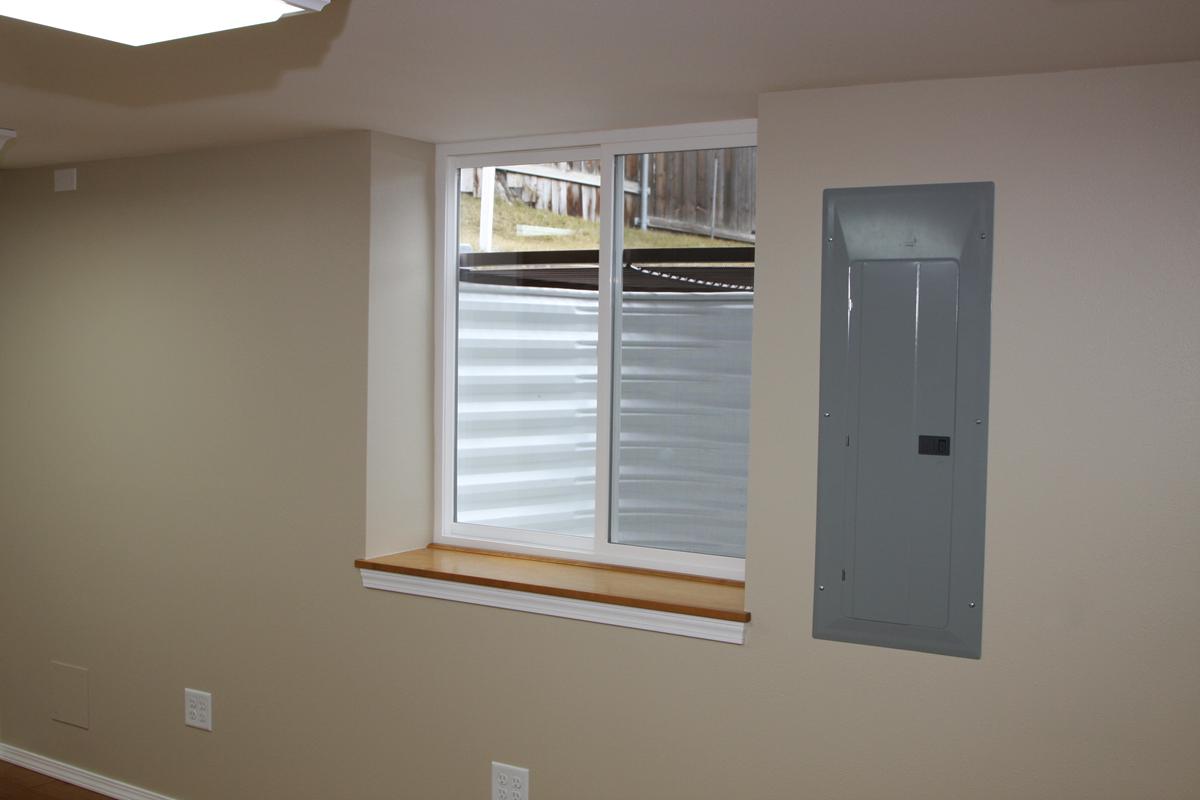
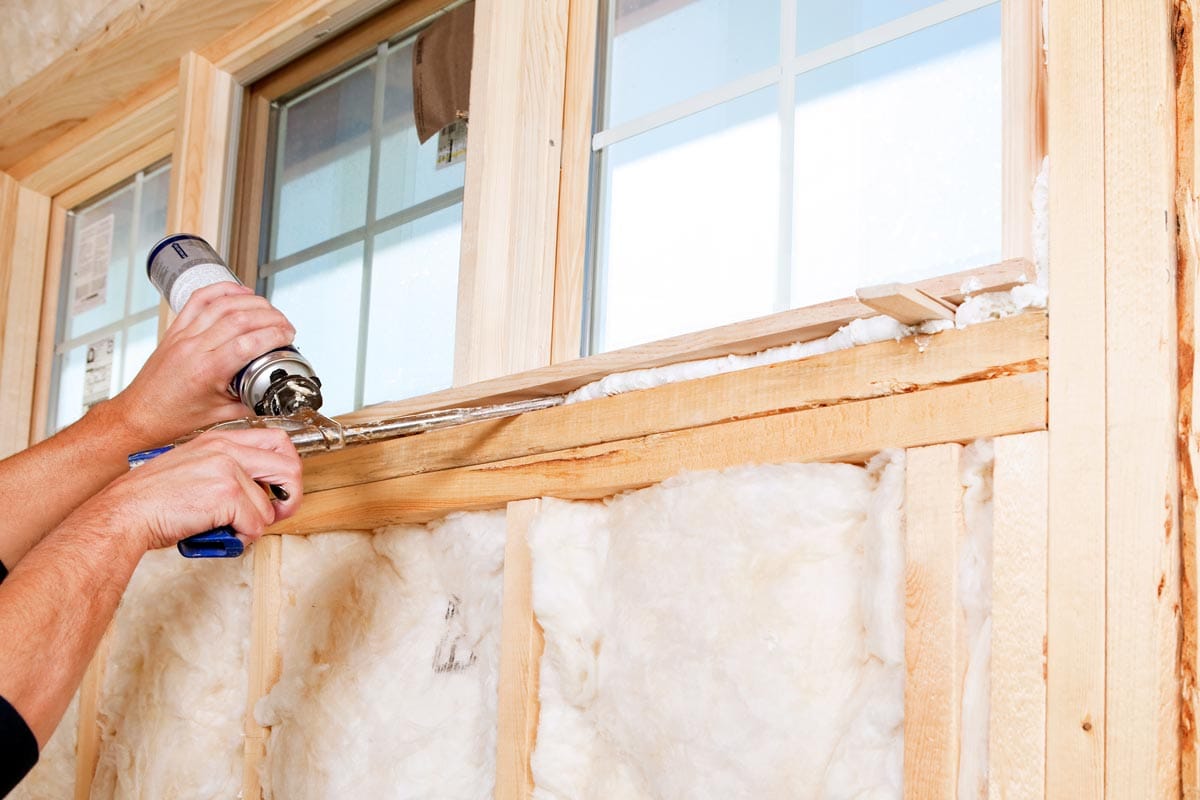
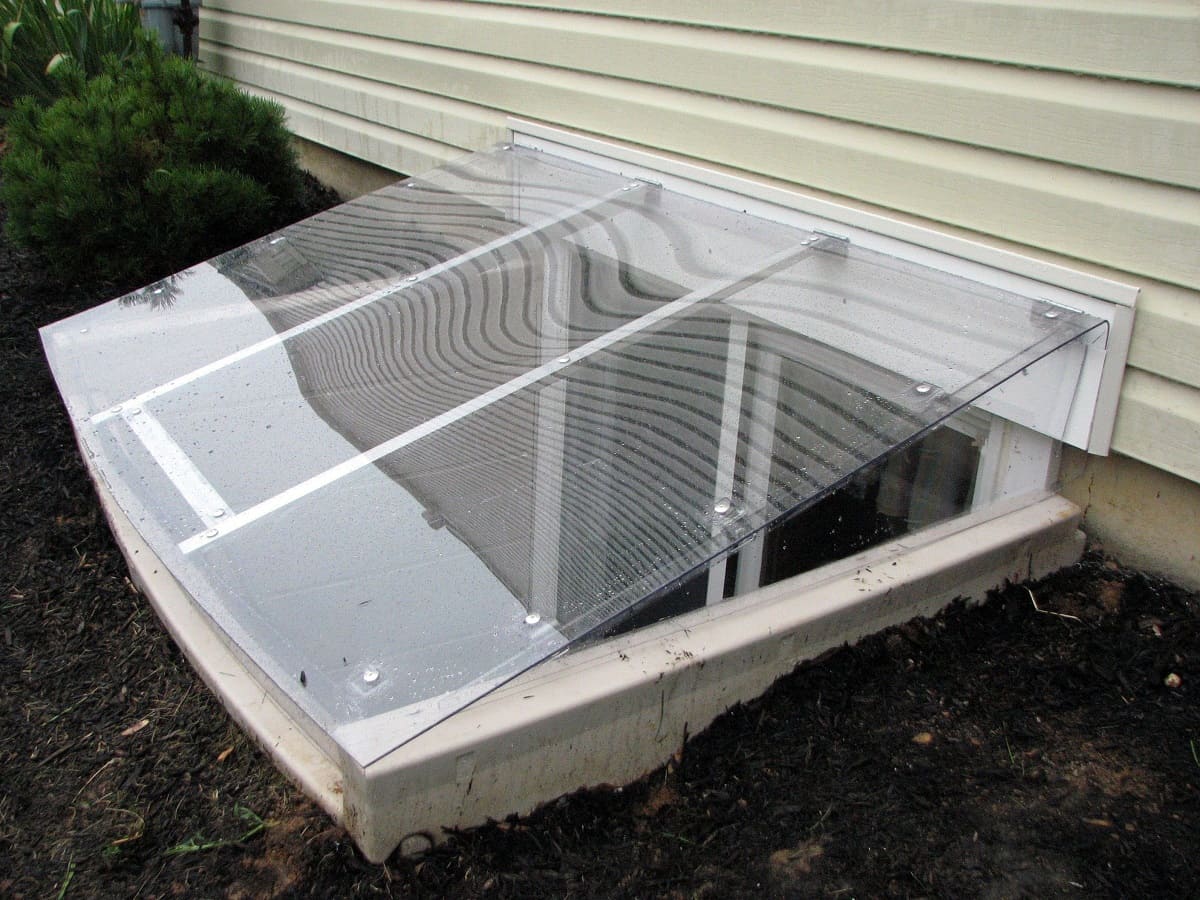


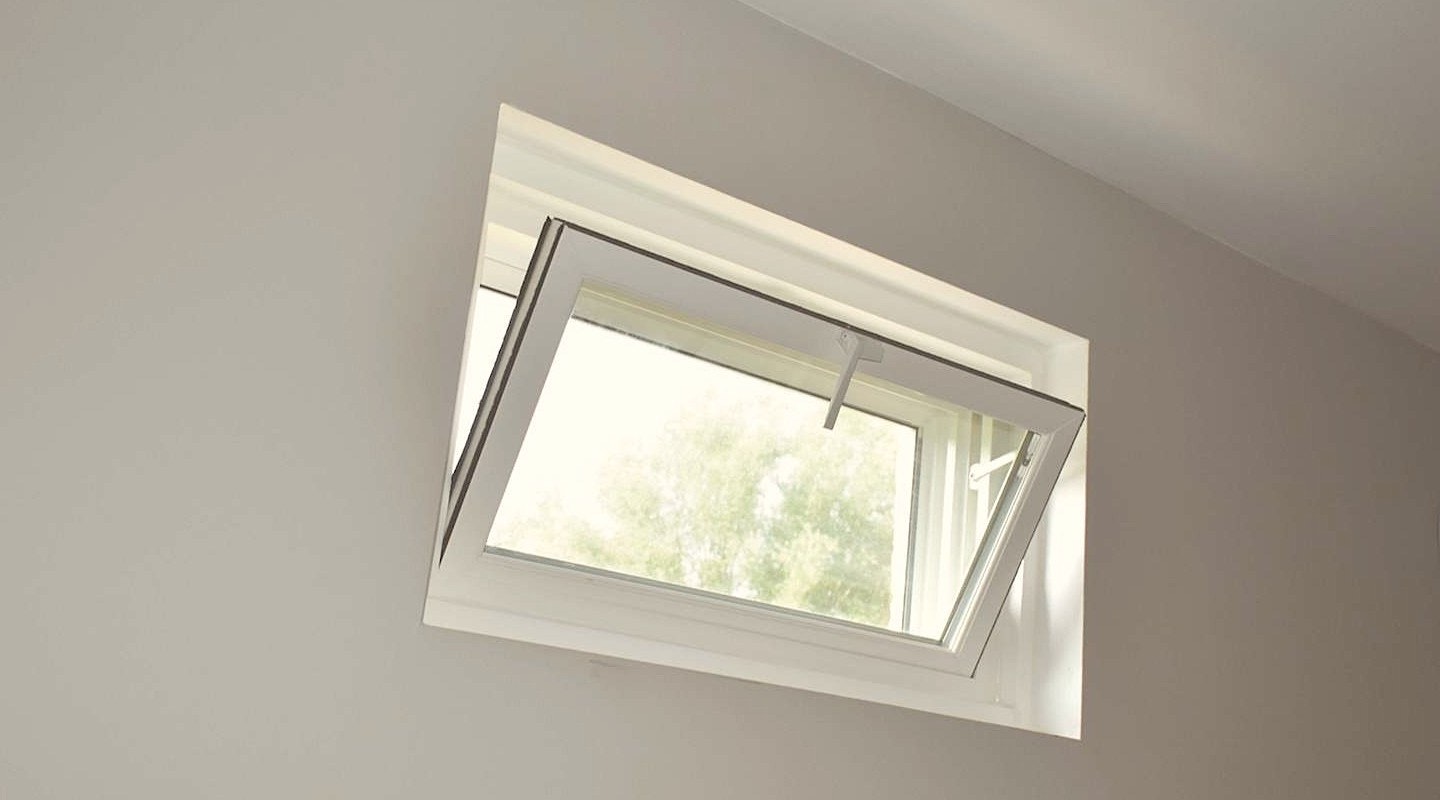
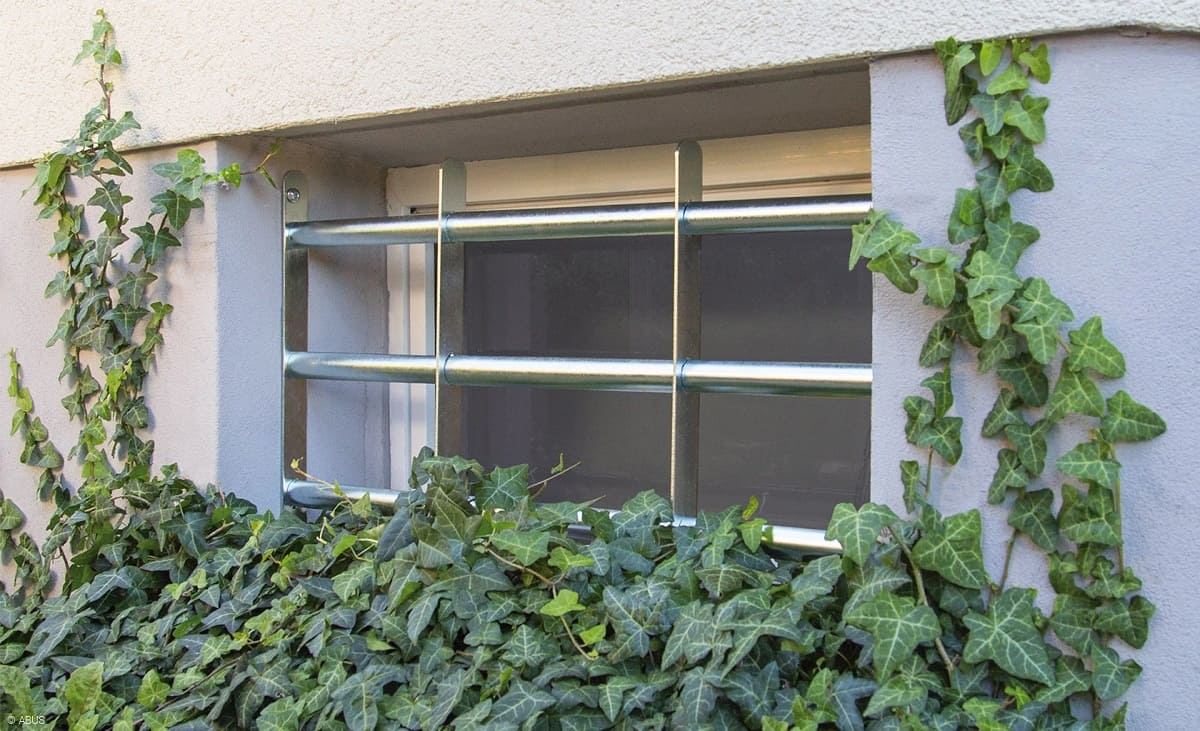
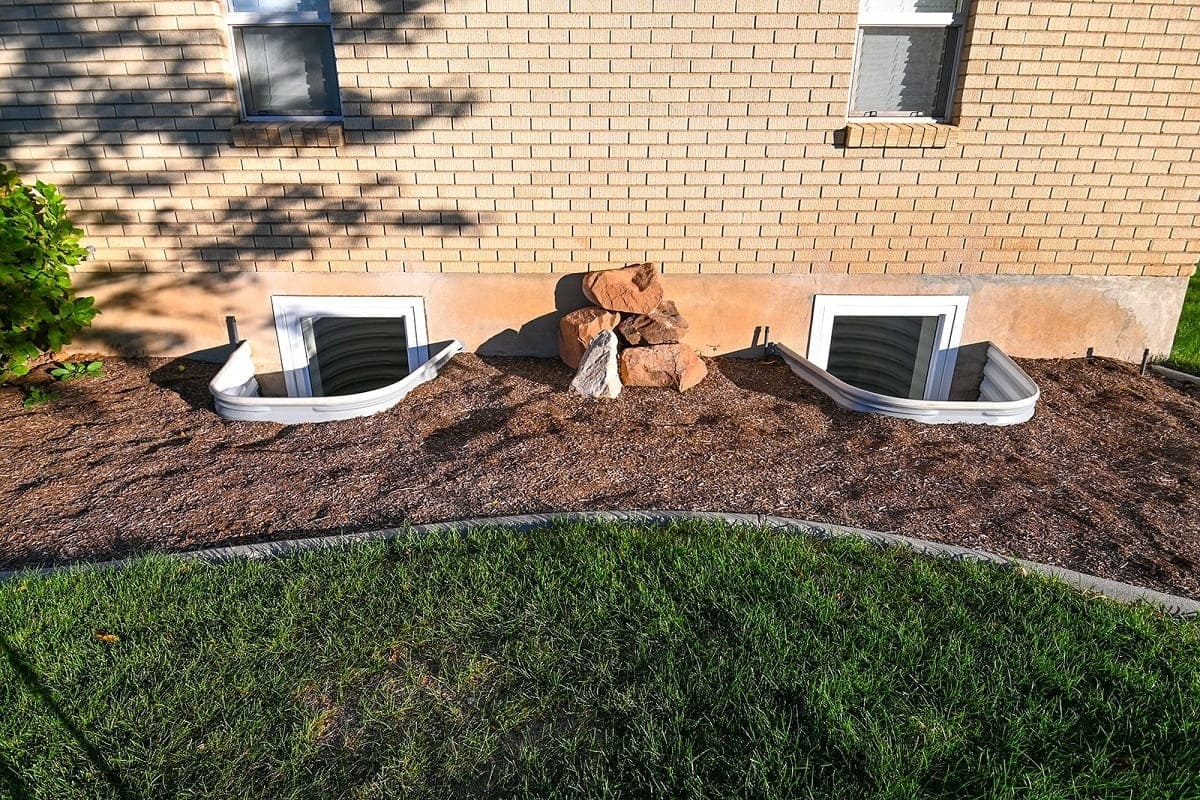
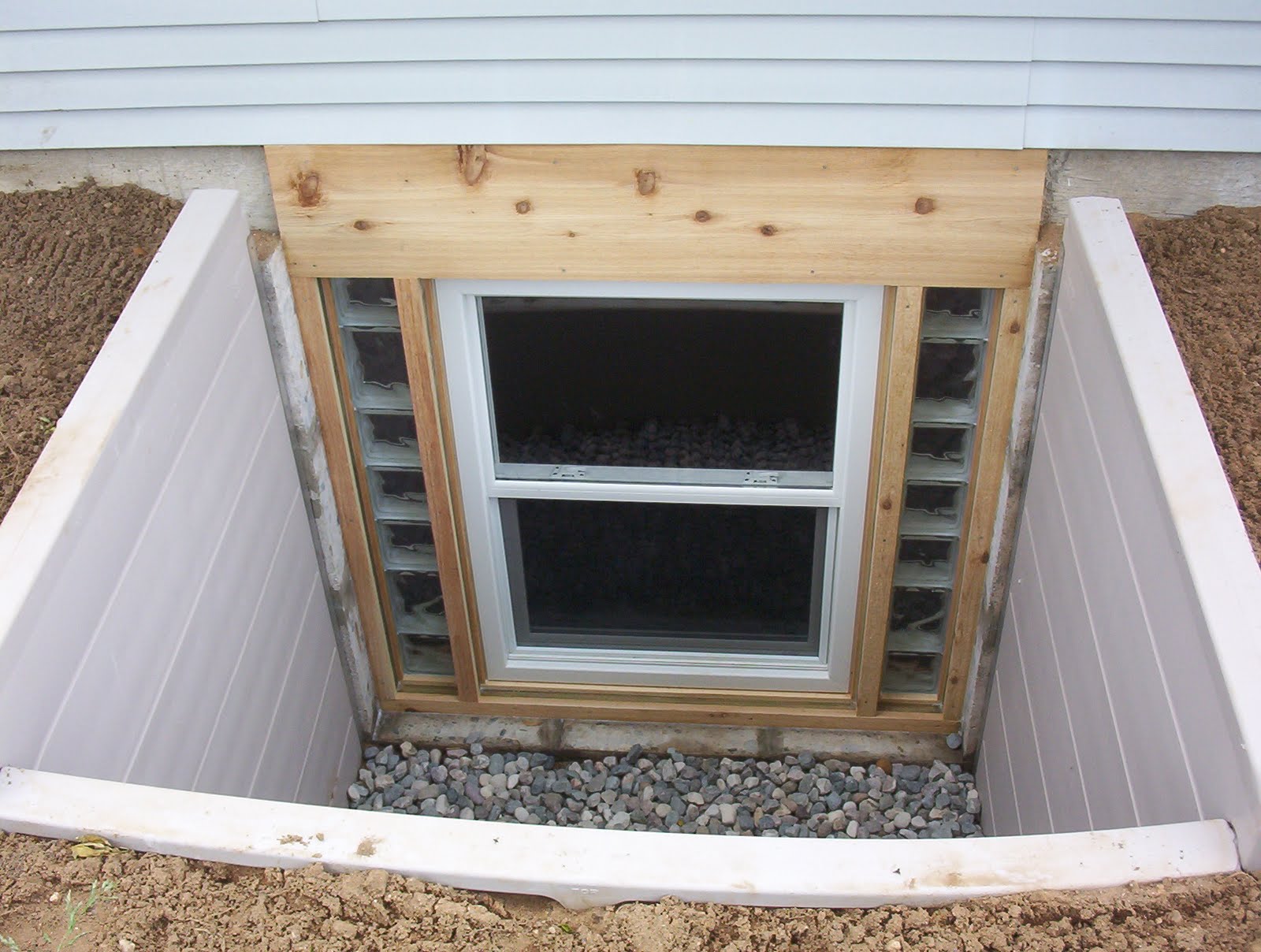
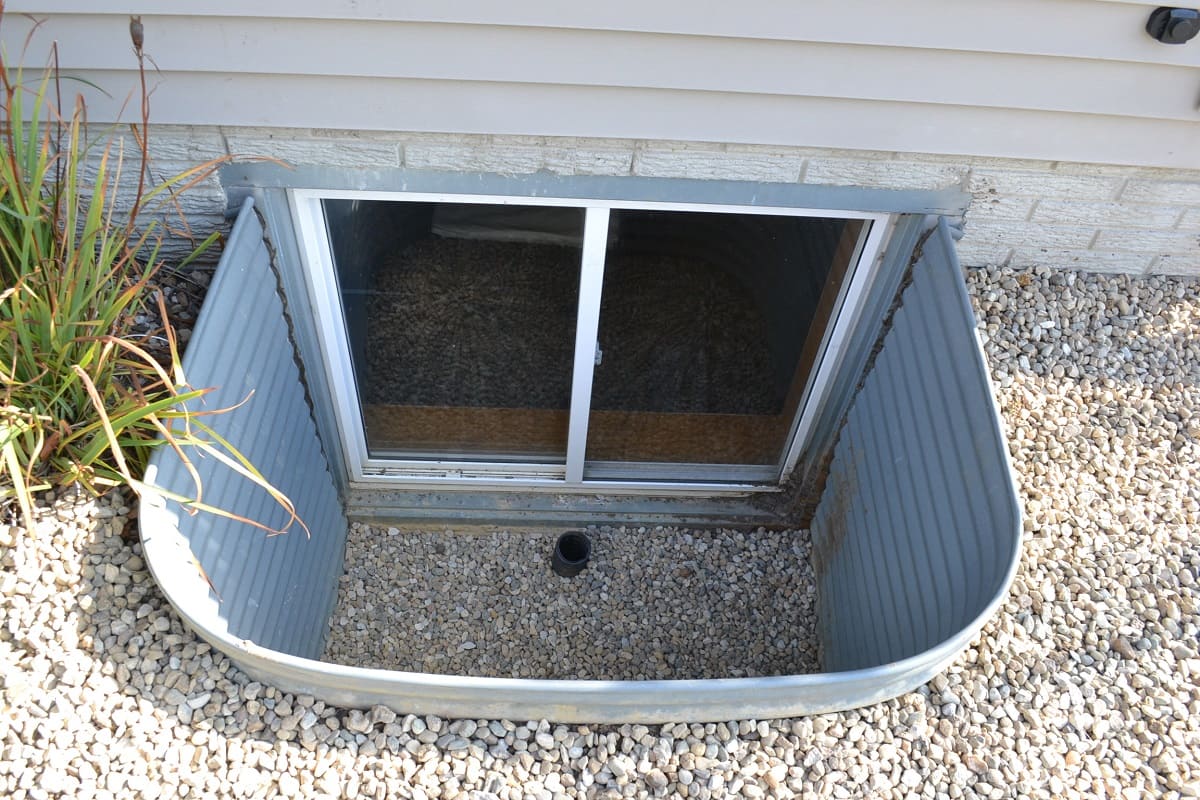
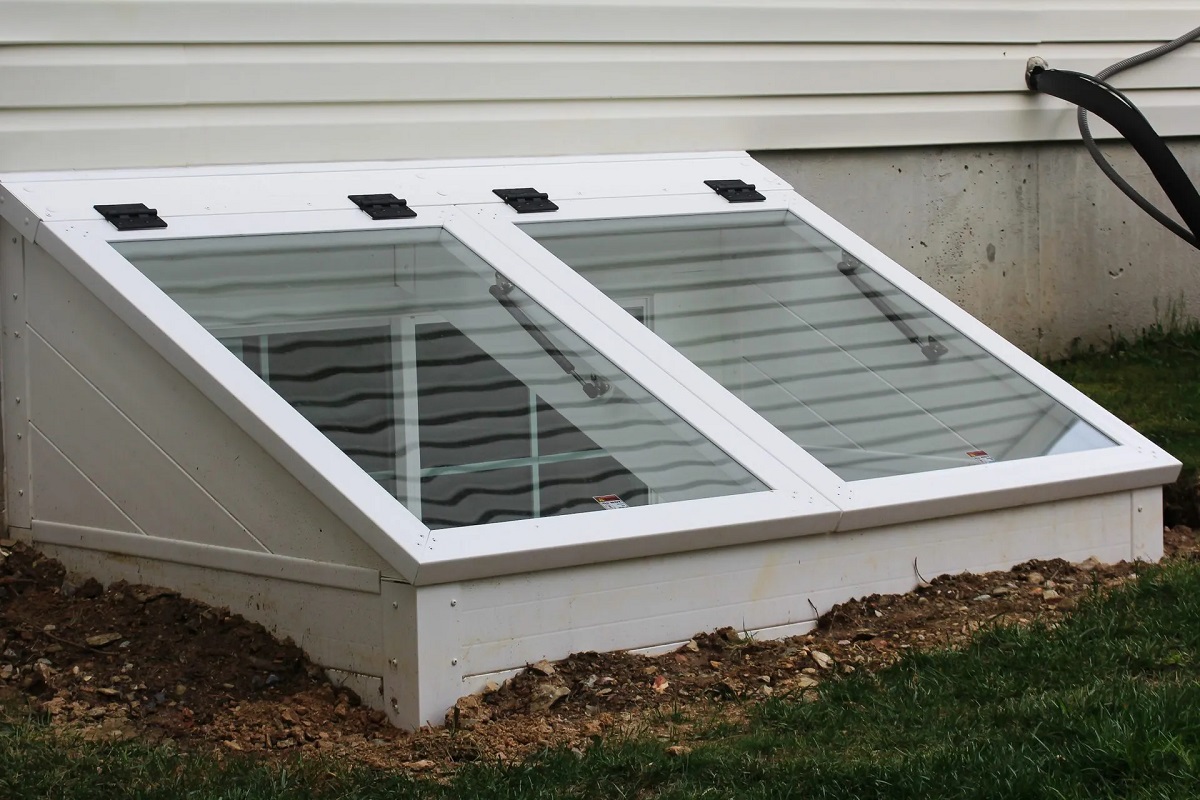

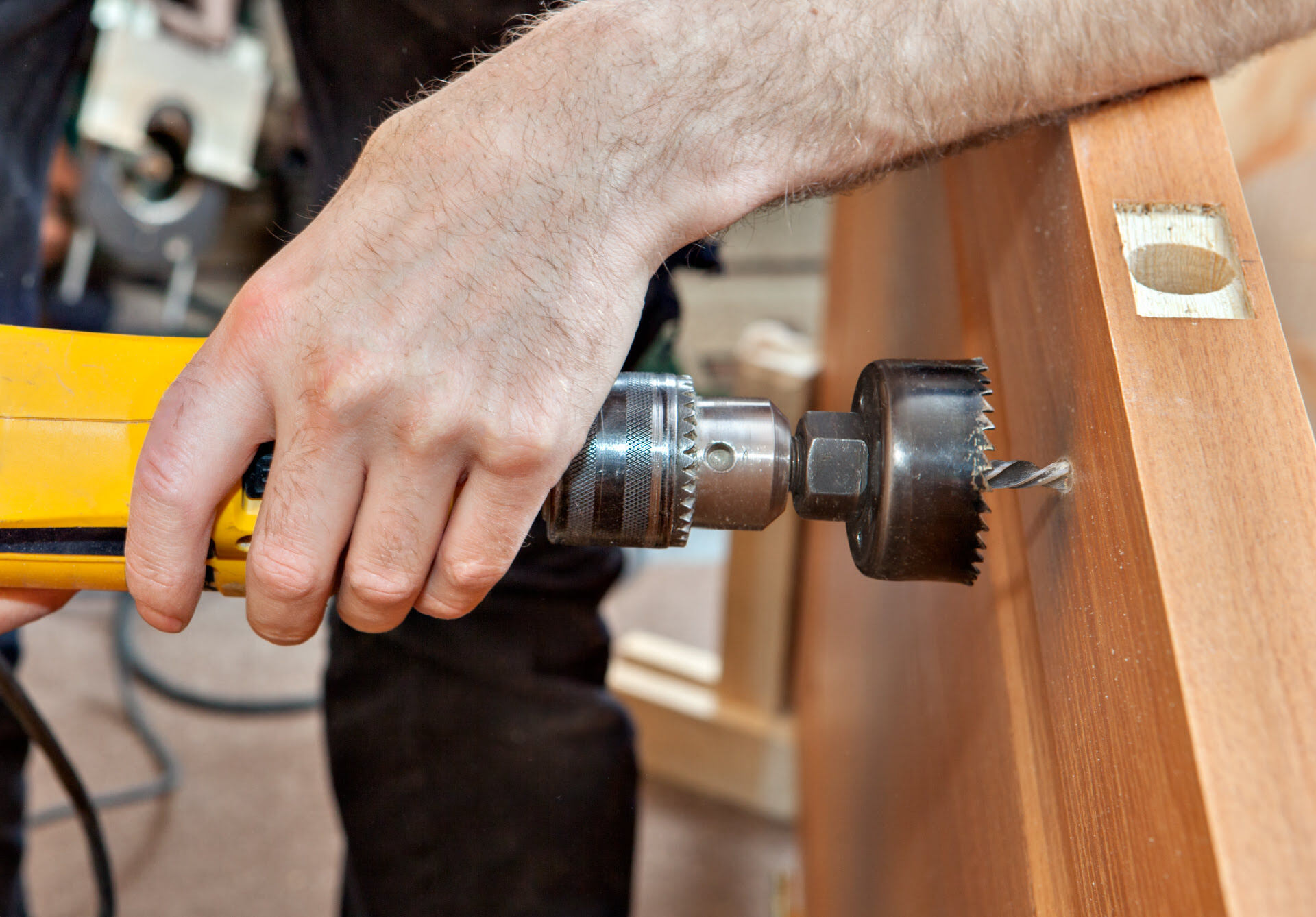

0 thoughts on “How To Make A Basement Window Bigger”